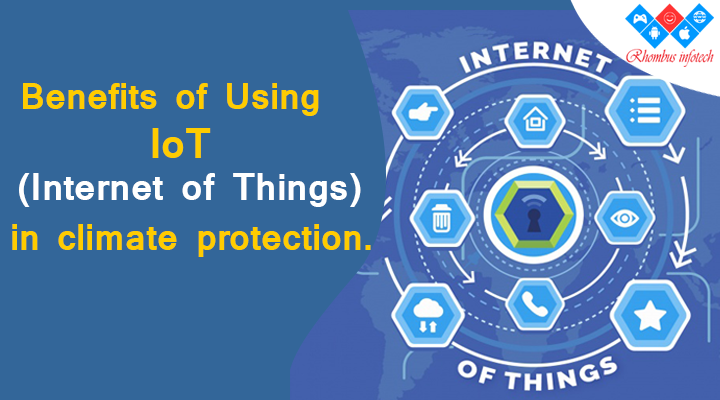Internet of Things (IoT) plays an important role in future of smart cities which in turn are supposed to be environment friendly. IoT can be used in all scenarios for public services by governments to make cities environment friendly that can help to monitor the environmental impact on cities, collect details about sewers, air quality, garbage & water levels of rivers, lakes, and oceans.
There are many environmental issues that are very complex and difficult to conceptualize it. IoT is a recent communication paradigm that envisions a near future, in which the objects of everyday life will be equipped with micro controllers, transceivers for digital communication, and suitable protocol stacks that will enable them to communicate not only with one another but also the users, becoming an integral part of the Internet and the environment.
IoT environmental monitoring applications usually use sensors in environmental protection by monitoring air and water quality levels, atmospheric & soil conditions, and can even useful in areas like monitoring the movements of wildlife animals and their habitat areas. Development of resource constrained devices connected to the Internet also means that other applications such as tsunami or earthquake early warning systems can also reported and used by emergency services to provide effective aid.
Smart IoT devices can provide resources to monitor the air quality levels in crowded areas, parks and fitness trails. The importance of such resources requires that air quality and pollution sensors should be deployed across all big cities & towns and this smart data be made publicly available to citizens.
Due to the vast technological developments in the field of wireless communication technology, it has led to the emergence of many pollution monitoring sensors and wireless networks for monitoring and reporting pollution.
From real time monitoring of water quality in the ocean through sensors connected to a buoy that sends information via the GPRS network, to the monitoring of goods being shipped around the world, and smart power grids that create conditions for more rational production planning and consumption can all be achieved via microchips implanted in objects that communicate with each other.
Some key benefis of using IoT in saving the land from excessive misuse is in adopting Smart Farming. With over 70% cultivable land in India, usage of IoT can greatly benefit the farmers in not only controlling production but also in soil protection. Productive cultivating has an enormous positive effect on nature. Using smart sensors, farmers can reduce the amount of waste they produce and monitor their agricultural processes depending on weather, humidity, sunlight, and other external factors. It is also possible to reduce the amount of water used to hydrate growing crops when a sensor discovers that the soil’s moisture levels are just right.

